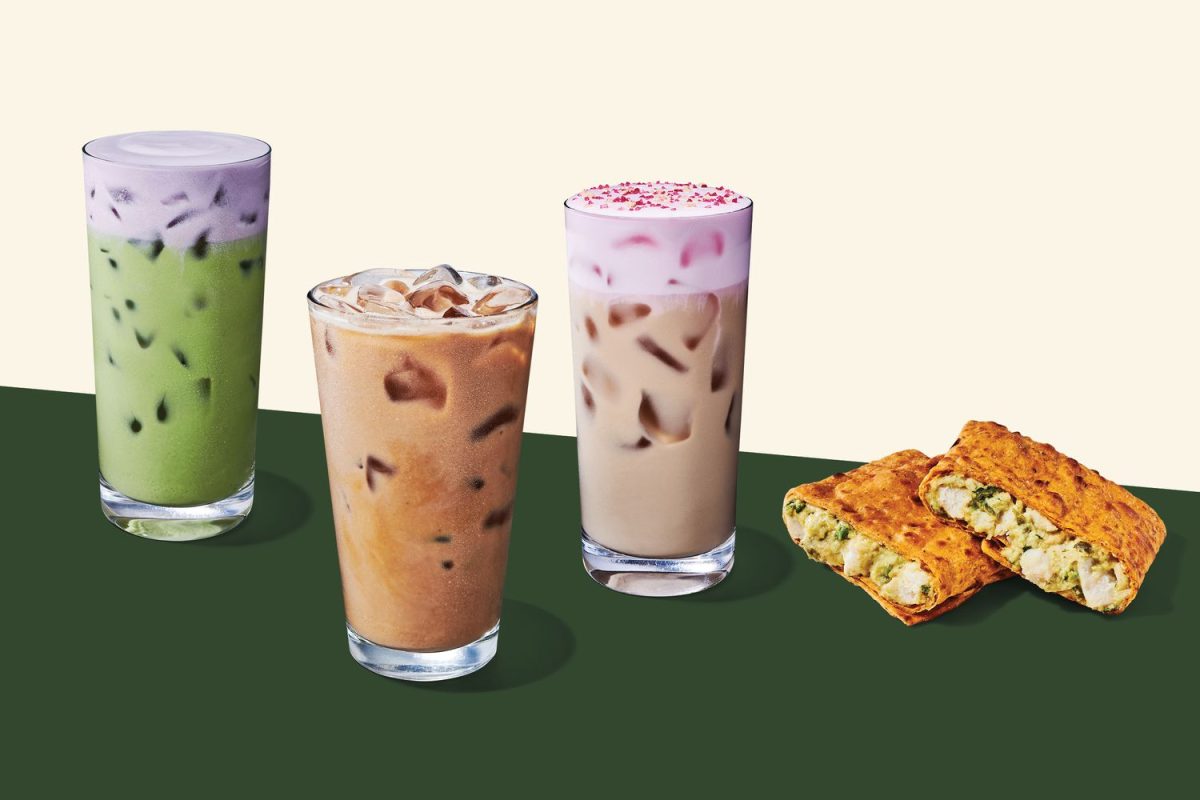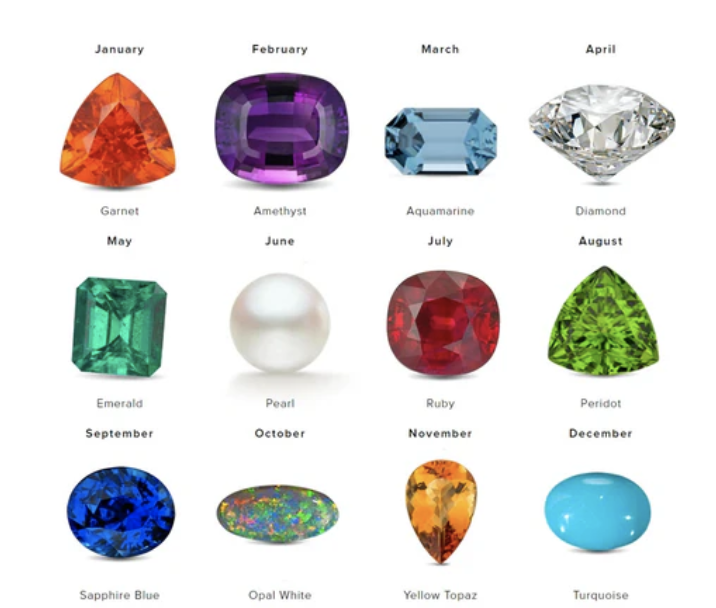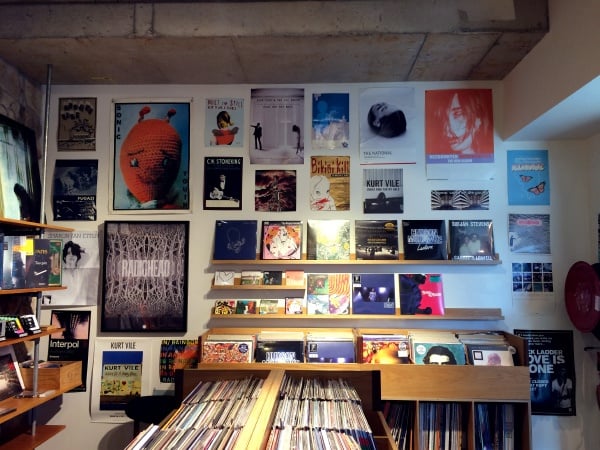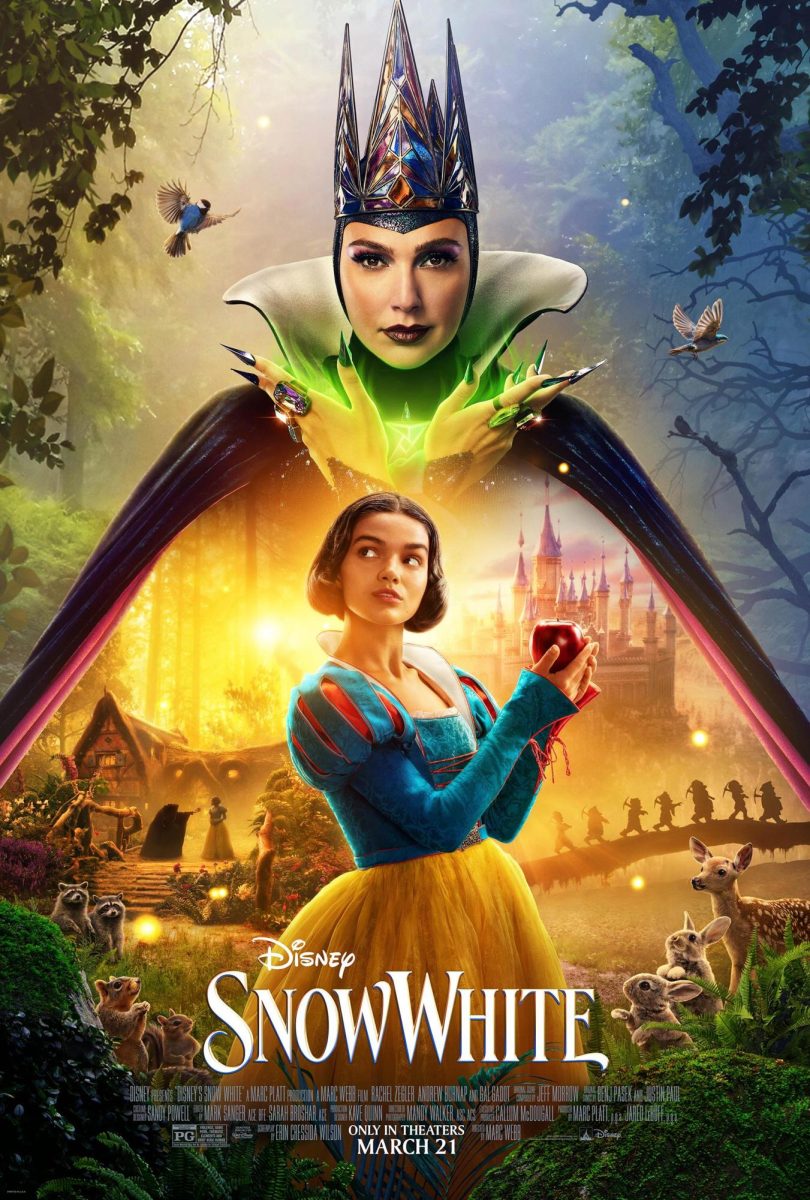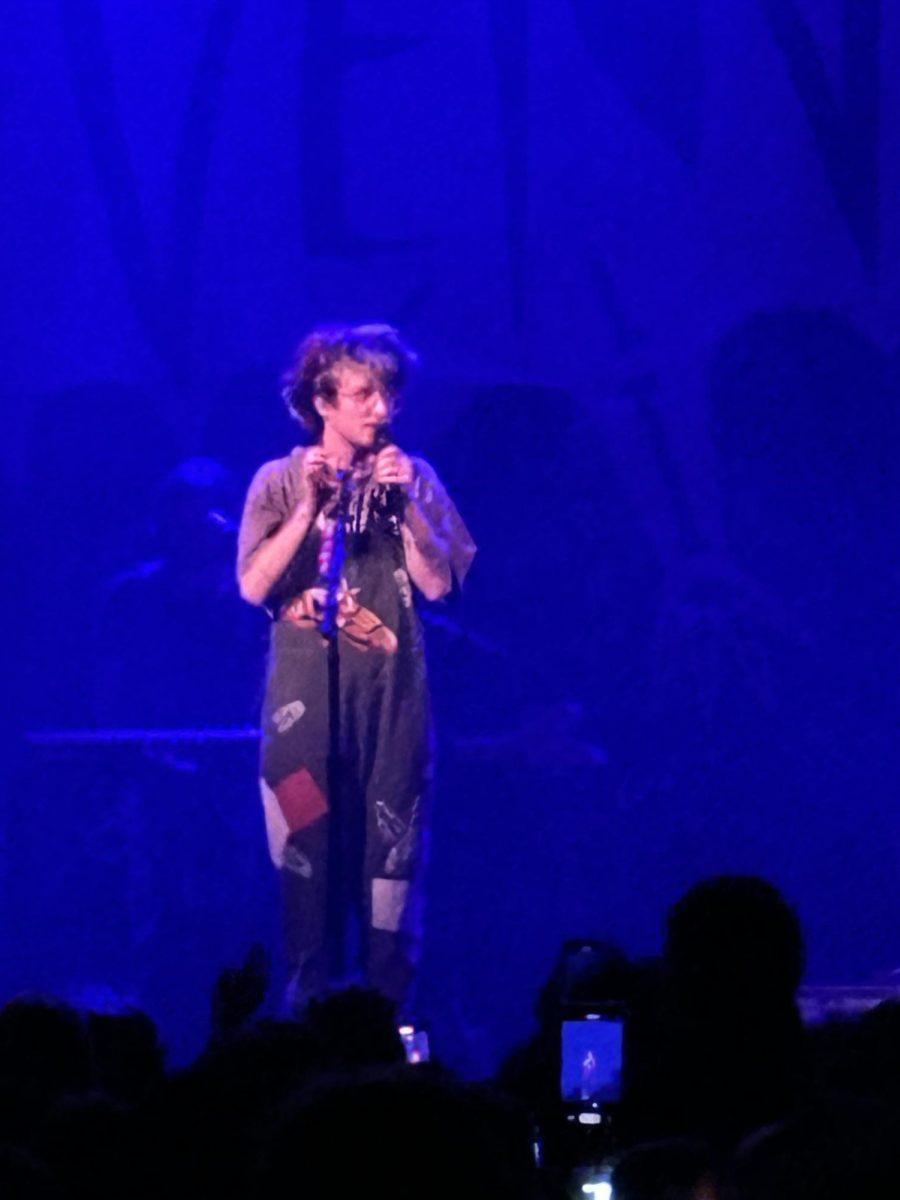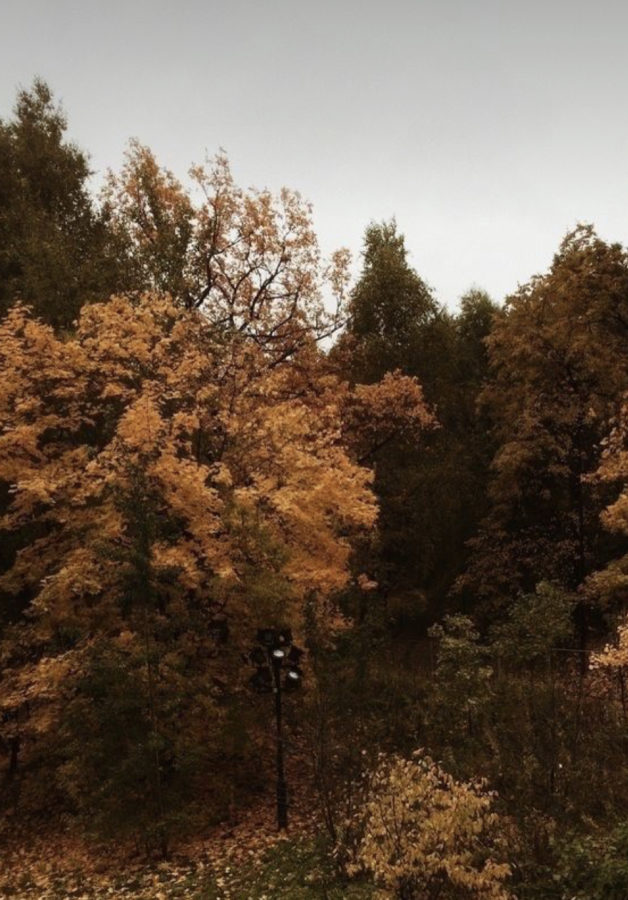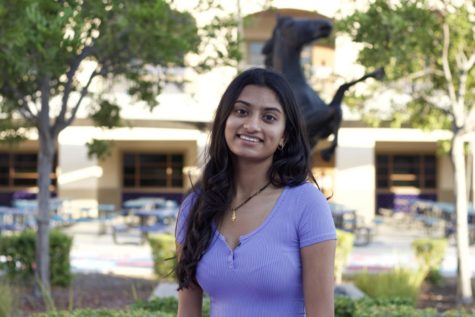Different Traditions During Fall Around the World
A photo of a New England forest during one of the fall months.
December 8, 2021
The crisp smell of apple cider. The crunch of orange and yellow leaves under cozy boots. The hope for a rainy and gloomy day. Fall is a season loved by many. It’s a transition from summer to winter that has its own charm, captivating people all over the world who celebrate with different traditions and holidays. So what fall customs do people enjoy here and around the world?
First, Halloween is known by many as a parallel to the Mexican holiday of Dia De Los Muertos, or Day of the Dead. It’s a rich, elaborate holiday that is celebrated to unite living families and their dead ancestors. Although Halloween is far from this traditional holiday, some people believe that Dia De Los Muertos serves as a basis for the current practices of Halloween, like dressing up as “scary” things (ex. skeletons and ghosts). Halloween also has another origin all the way over in Ireland. Ireland also has a deep and rich culture, allowing for the thousand-year-old pagan holiday of Samhain to parallel itself to modern Halloween. The beliefs of its celebrators are similar to that of Dia De Los Muertos; around October 31 to the first week of November, the barrier between the living world and the spiritual world is removed. History. com explained the early meanings behind the holiday, explaining how “Early texts present Samhain as a mandatory celebration lasting three days and three nights where the community was required to show themselves to local kings or chieftains. Failure to participate was believed to result in punishment from the gods, usually illness or death.”So, although modern Halloween might just be dressing up and trick or treating, it has deep cultural roots from around the world, all of which celebrate those customs today.
Another fall tradition is also celebrated across the globe in Korea. Chuseok is celebrated in late September to early October as a fall harvest festival. During this, they wear traditional Korean clothing, and the most popular is the hanbok. The clothes themselves have deep historical meaning, tracing back to three Korean kingdoms: the Goguryeo (6th-7th centuries), Goryeo (10th-13th centuries), and Joseon (14th-19th centuries). Some foods eaten during this are jeon, songpyeon, and many more traditional foods. Gifts are also given and received at these celebrations, adding to the communal aspect to the celebration.
On the other end of Asia, many Desi countries and others similarly celebrate Diwali or Deepavali. The festival of lights is a celebration known globally as an emphasis on the symbols of warding off evil. Celebrators usually hold parties with tons of food containing everything from samosas (potato pockets with peas or other veggies) to chicken tikka masala. Gifts are also exchanged, specifically amongst families. Choti Diwali is held the day before, on November 3rd. Choti Diwali has some religious significance, but in some parts of India, they also get the day off of work/school so they can celebrate more with their friends and family while prepping for actual Diwali. Nikita Gupta (10) says, “sometimes the parties aren’t held on the day of Deepavali, or even the week of it. The parties and celebrations are even held in late November,” this allows for people to celebrate with friends and family at different times.
Even though fall is two months long, no matter where people are in the world, they’re celebrating it in some way. A new year, a festival of lights, celebration of the dead, or a huge feast with gifts that lasts for days at a time are some of the many events that take place during this time. Although it doesn’t seem like that long, fall really is one of the best parts of the year.



